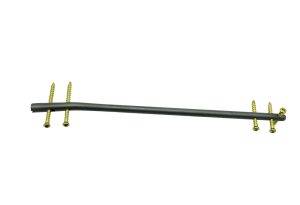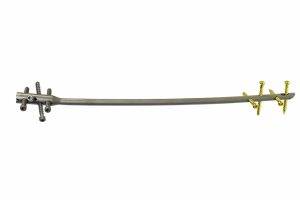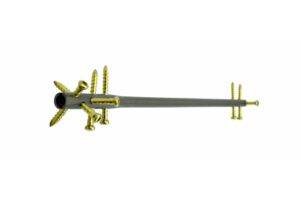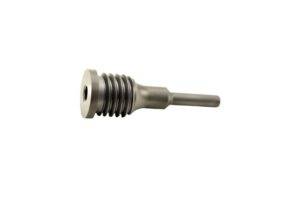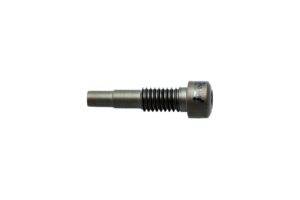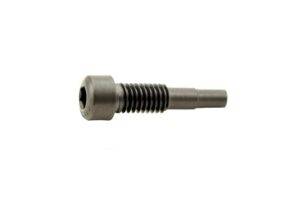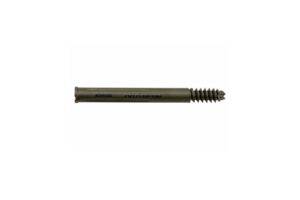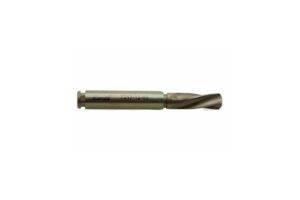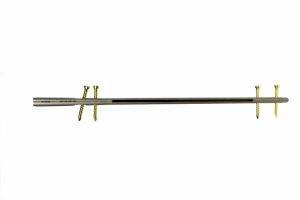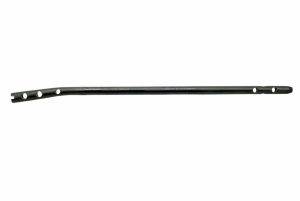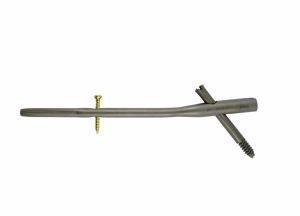Orthopedic Implants
Interlocking Nails
Interlocking nails, also known as intramedullary nails or IM nails, are surgical orthopedic implants with a hollow cylindrical design, used to stabilize and treat fractures or abnormalities in long bones, such as the femur and tibia. Our high-quality interlocking nails are manufactured using highest quality raw materials at our state-of-the-art manufacturing plant to ensure consistently better performance and durability for better patient outcomes.
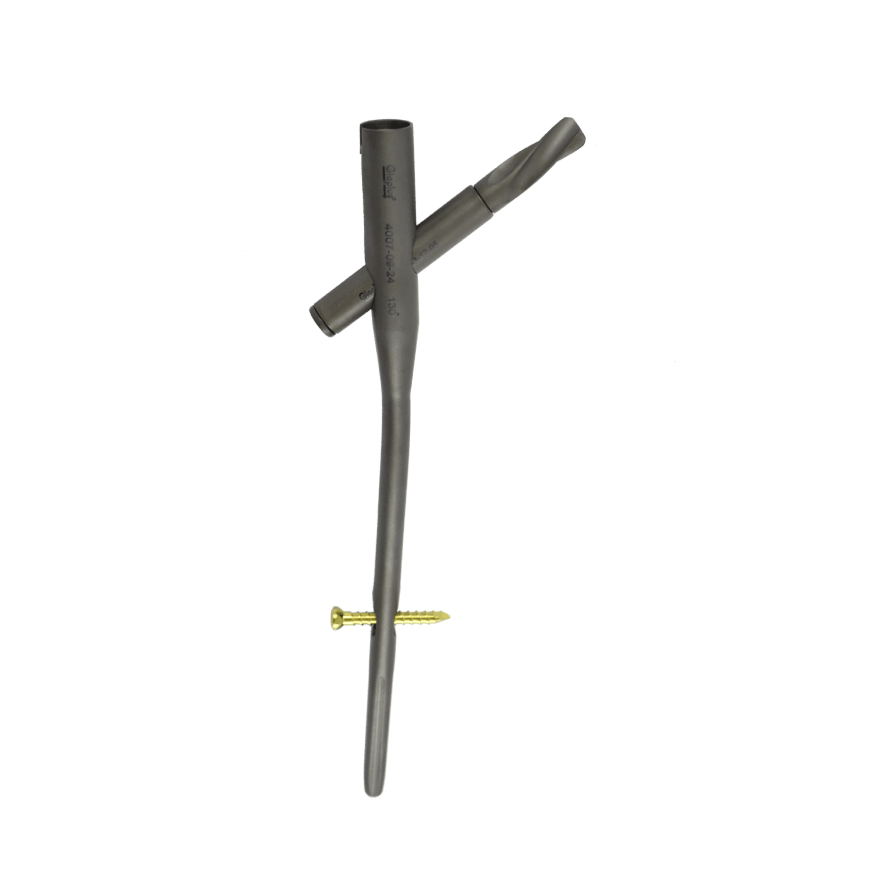
Frequently Asked Questions
Orthopedic Interlocking Nails are typically made of metals/alloys such as stainless steel or titanium. GiaPlus’ high-quality interlocking nails are manufactured using highest quality raw materials to ensure consistently better performance and durability for better patient outcomes.
Interlocking nails are primarily used for the treatment of long bone fractures, nonunions and malunions. These orthopedic implants provide internal fixation, alignment and stabilization in the shaft or neck of the bone as they are inserted into the intramedullary canal of the bone. Internal fixation in bone provides early weight-bearing and promotes faster healing of the bone. These implants are typically used for fractures of the femur (thighbone), tibia (shinbone), humerus (upper arm bone), radius, ulna, and hip joints(such as intertrochanteric and subtrochanteric fractures). Interlocking nails provide stability and support, allowing for early mobilization and reducing the risk of complications.
Interlocking nails, unlike other orthopedic implants, are inserted into the intramedullary canal of the bone and secured with screws at both ends to provide stability and alignment to the fractured bone. Rotation or angular movement of interlocking nails can also be eliminated using additional screws or locking bolts, if required.
It is vital to note that not all interlocking nails require removal and the majority of interlocking nails are designed to remain in place permanently without causing any issues. The decision to remove the nail is based solely upon the benefits and risks associated with the removal procedure and depends on various factors, including the type of fracture, bone healing progress, patient symptoms such as pain and discomfort, impaired joint function, infections; implant failure, implant loosening and the surgeon’s assessment.
Interlocking nails provide stable internal support by mimicking bone’s natural structure and preserve the blood supply to the bone and surrounding tissues; therefore allowing early weight bearing and faster healing respectively. This also makes them suitable for treatment of unstable fractures where other implants do not provide adequate stability. These nails distribute weight-bearing forces evenly along the length of the bone and allow early ambulation.
Interlocking Nails come in a variety of sizes, shapes, curvature, locking mechanisms and configurations (distal & proximal) to accommodate the different anatomical characteristics and fracture patterns. Following are the main types/classifications of intramedullary nails:
- Standard/Conventional Intramedullary Nails: These are straight or slightly curved nails used for the fixation of long bone fractures. They are available in different sizes and diameters to accommodate various bone sizes.
- Retrograde Intramedullary Nails: These nails are inserted in a reverse direction, starting from the fracture site towards the joint. They are commonly used for fractures of the femur, tibia, and humerus.
- Antegrade Intramedullary Nails: These nails are inserted in the usual direction, from the joint towards the fracture site. They are frequently used for fractures of the femur and tibia.
- Expert Nails: Expert nails are specialized intramedullary nails designed with multiple interlocking options. They allow for greater stability in complex fractures and are commonly used for proximal femur fractures.
- Expandable Intramedullary Nails: These nails have a unique design that allows for expansion once inserted into the bone. They are used in situations where bone loss or significant fracture comminution is present.
- Supracondylar Nails: These nails are used for fractures near the knee joint, specifically in the distal femur or proximal tibia. They have a wider, Y-shaped end that provides stability in the supracondylar region.
- Other kinds of interlocking/intramedullary nails include, supracondylar nails, tibial Intramedullary nails, humeral intramedullary nails, Intramedullary hip nails and expandable intramedullary nails etc.
Intramedullary Nail surgery does not pose any higher risk than other implant surgeries and its use sometimes carries rare surgical risks such infection, nerve or blood vessel injury, malalignment of the fracture, nonunion and joint stiffness. However, given that they allow early load bearing and faster healing in comparison to other orthopedic implants the risk of such events occurring are much lower.
The risk of nail loosening is relatively low. It depends upon the skill of the orthopedic surgeon, bone quality, implant quality, the following of rehabilitation protocols & proper post-operative care. It is imperative for the patient to regularly follow-up with the surgeon and adhere to activity restrictions. Rehabilitation exercises are also crucial to monitor the stability of the interlocking nail and ensure appropriate healing of the fracture. In case of any concerns, the patient should consult with an orthopedic doctor for further evaluation and treatment.




